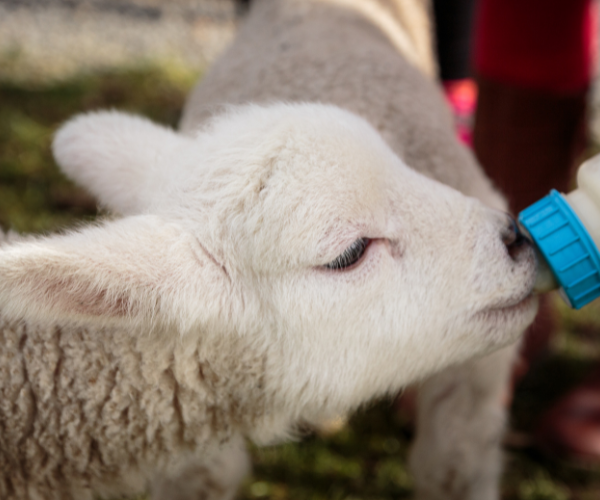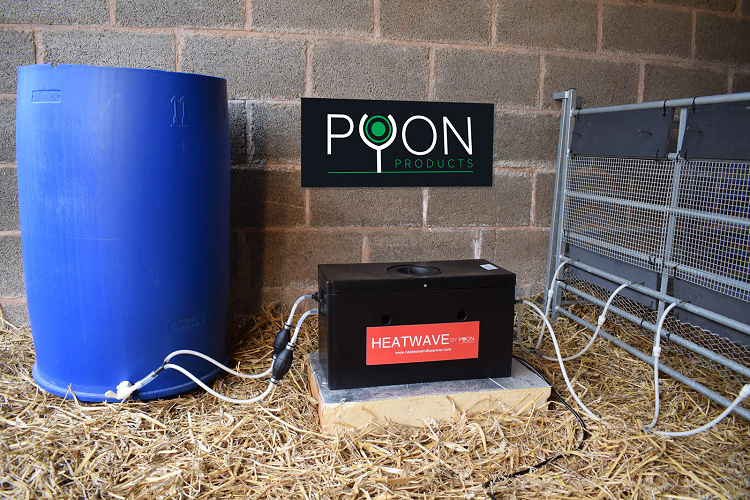Rearing surplus lambs can be a difficult task during the lambing season, and the decision to foster a ewe or artificially rear the lambs will depend on their physical condition. Where a lamb is fit and healthy, and a ewe with good maternal instincts and a plentiful milk supply is available, the process of fostering can be a success.
Whether you are fostering onto a ewe or rearing artificially, the lamb must receive an adequate supply of colostrum post-parturition. Lambs rely on the passive transfer of antibodies via the colostrum to boost early immunity against disease and increase the chance of survival. The risk of newborn lambs catching the bacterial infection of watery mouth is also increased if inadequate and poor colostrum is consumed.
Ad Lib feeding
The ad-lib rearing of lambs is a widely used technique and is particularly popular with larger groups of artificially reared lambs. The milk can be fed cold or warm and is available to the lambs 24/7. Ad lib rearing can be an effective method when cutting down labour costs in comparison to those who are individually bottle feeding the lambs. It has been recorded that the labour costs of a lamb on ad-lib is around £2.32, whereas those being bottle reared were increased to around £6.25 per lamb.
So, what are we feeding lambs on ad-lib?
Lambs on ad-lib feeding will receive around 10-12kg of quality milk replacer mixed at a rate of 200g/litre, per lamb. To reduce the wastage of milk, it is recommended to store the replacer cold and then allow it to be heated on demand. Pyon Products has designed a solution to this, with their Heatwave milk warmer, allowing the constant access of warm milk to the rearing lambs.
While providing an ad-lib milk replacer to the lamb, it is important to introduce ad-lib water and fresh creep feed or grain from day 3. It is also preferred to use stalky hay or straw in the pens in comparison to sweet meadow hay, as it allows the lamb to nibble and eventually incorporate the forage into its diet.
Once the lamb is consuming 250g of creep at around 35 days of age, they can be abruptly weaned to reduce the likelihood of gorging through a gradual weaning process.
Read more: Top Tips for Creep Feeding


Remember: If you have a set of uneven lambs and are unsure how to rear them ad-lib, it is generally better to take the smaller lamb onto a milk bar and the bigger lambs onto the Heatwave milk warmer to provide the best chance for everyone to gain the adequate nutrients at day one.


Why do some lambs chew the teats when they are reared?
Lambs tend to start chewing the teats of the milk bar/warmer when they have run out of milk for an extended length of time. To reduce the risk of this happening (and save you the money on new teats), it is best to ensure they have milk available 24/7, so they are not tempted to chew as the milk is there on demand.
For more information on the Heatwave milk warmer and additional products for the lambing season, visit Pyon Products.












